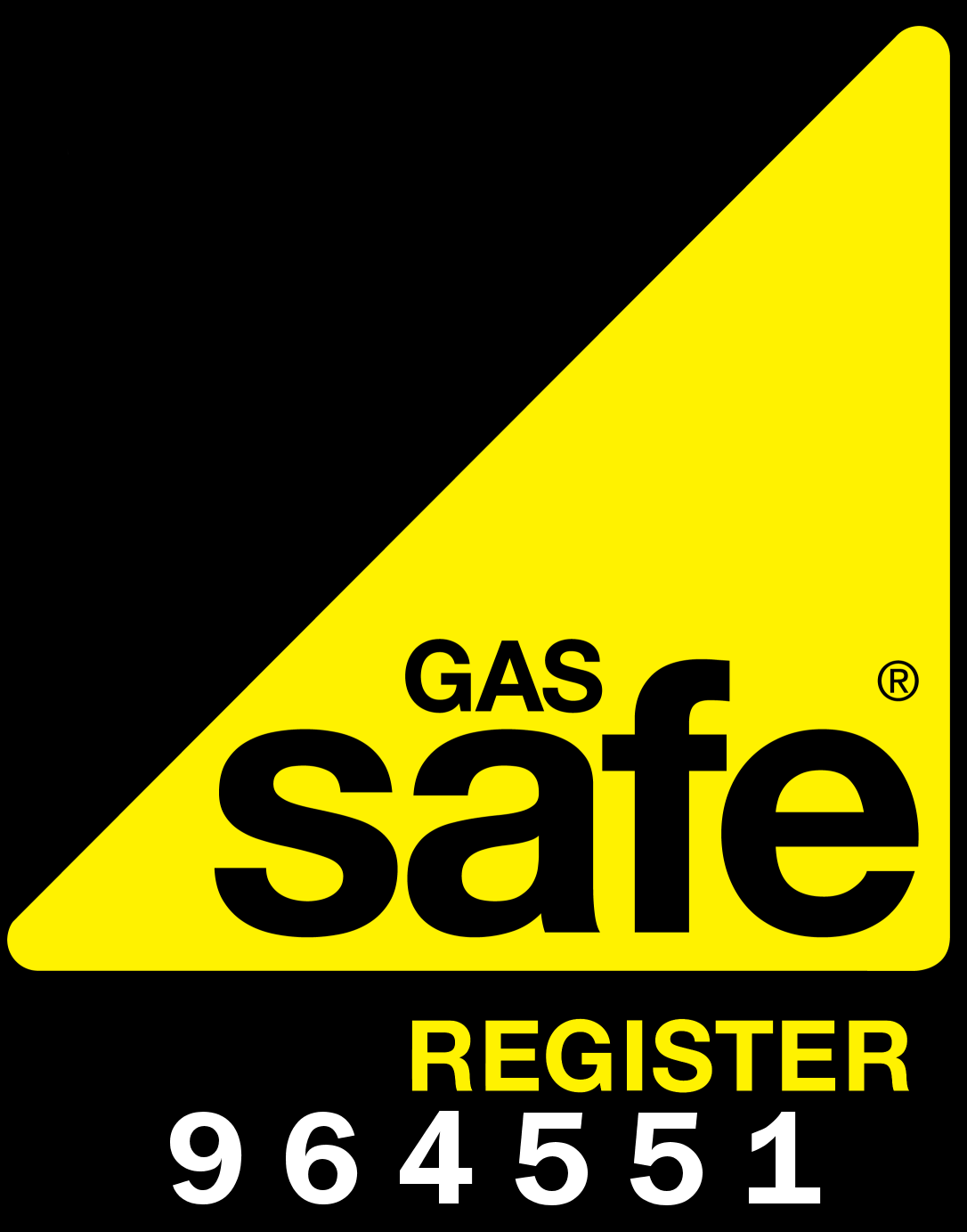Free Advice | This page is still under development. Please feel free to call us in the meantime.
We aim to provide advice that could help with common issues, such as filling your boiler or bleeding your radiators. Low pressure is a very common fault, and following these steps could help tide you over until we can diagnose any underlying issues.

